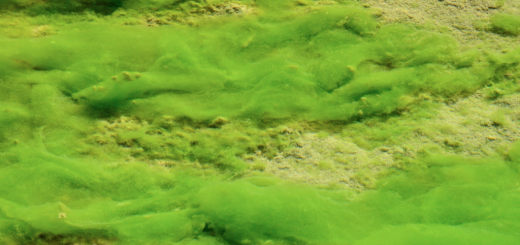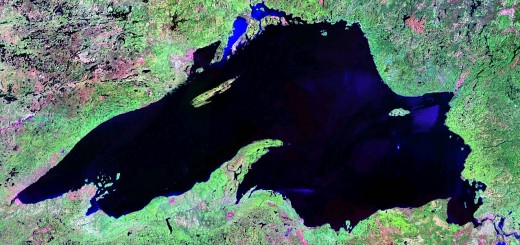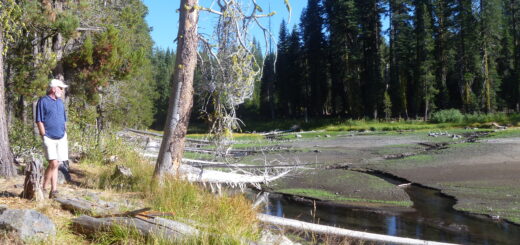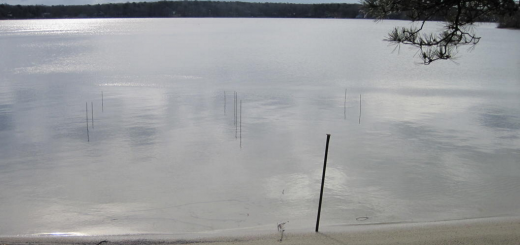Indiana leading the way for lake pollution regulation
1
Prairie Creek Reservoir in Indiana was recently impaired by a significant algal bloom, which was likely caused by excessive nutrients in the water.
Indiana will be one of the first states to implement a numeric standard for the allowable levels of phosphorous in its lakes. Nutrient pollution, which includes phosphorous and nitrogen, has long been known to have damaging ecological effects.
The state plans to implement these regulations within the next 18 months. They aim to improve the nutrient loading problem in Indiana’s lakes, which is causing harmful algal blooms and fish kills.
Prairie Creek Reservoir in Indiana was recently impaired by a significant algal bloom, resulting in suspect drinking water conditions. Local citizens complained of the taste and smell for days. The bloom is considered a direct result of the state’s phosphorous problem.
The vast areas of farmland in Indiana greatly contribute to the phosphorous content of its lakes. The “huge legacy” of phosphorous in the soil could last a thousand years, according to Bill Jones, lake expert and Indiana University professor.
Indiana’s wastewater treatment plants would need billions of dollars in improvements to be effective at reducing nutrient pollution from urban areas, according to John Goss, director of the Indiana Wildlife Federation.
The Environmental Protection Agency has been urging states for more than a decade to enact nutrient water quality standards for water bodies.
“EPA has finally cracked the whip,” said geologist Lenore Tedesco of Indiana-Purdue University Indianapolis. Indiana has been slow to impose nutrient regulations because of the cost to upgrade wastewater treatment plants to comply with discharge limits.
Ind. working on phosphorous limits for lakes [Chicago Tribune] State plans to regulate phosphorus in lakes [The Star Press]
Image Credit: sungo














[…] which is also contaminated with other trash and raw sewage. Water pollution from this runoff is and will continue to be a problem for many farmland communities in Ohio and throughout the […]